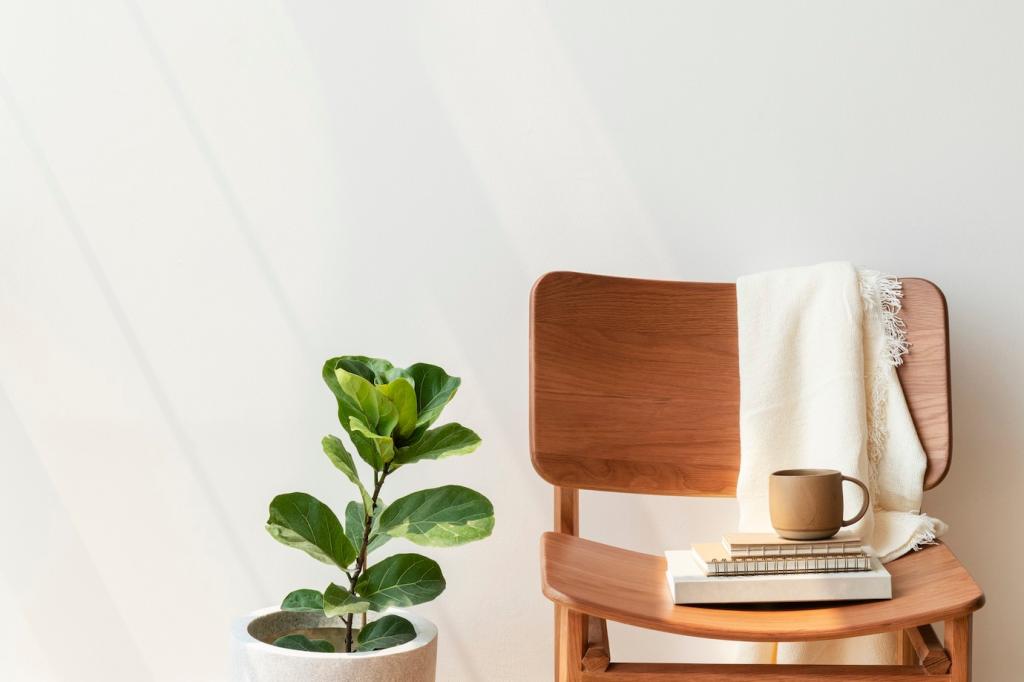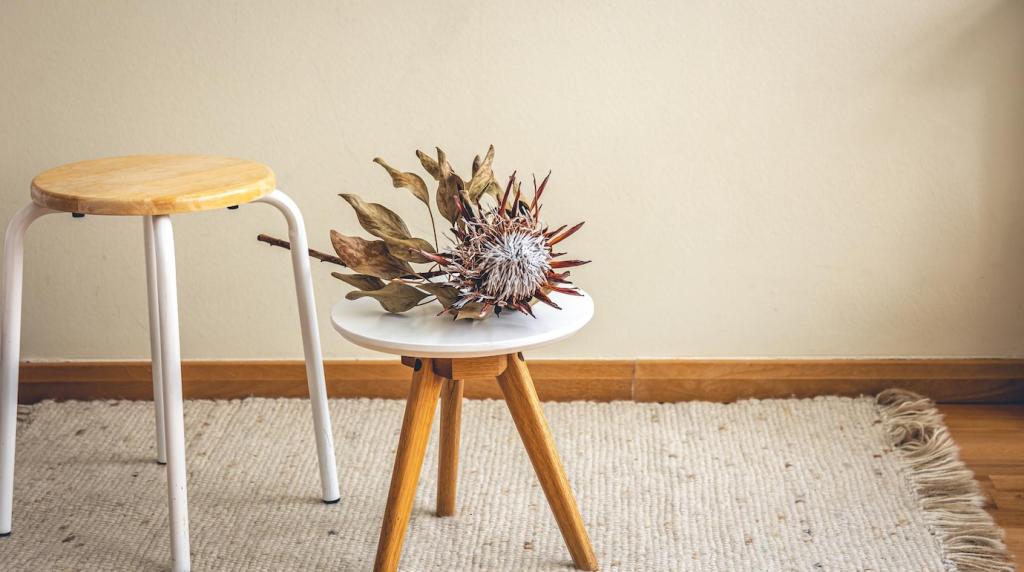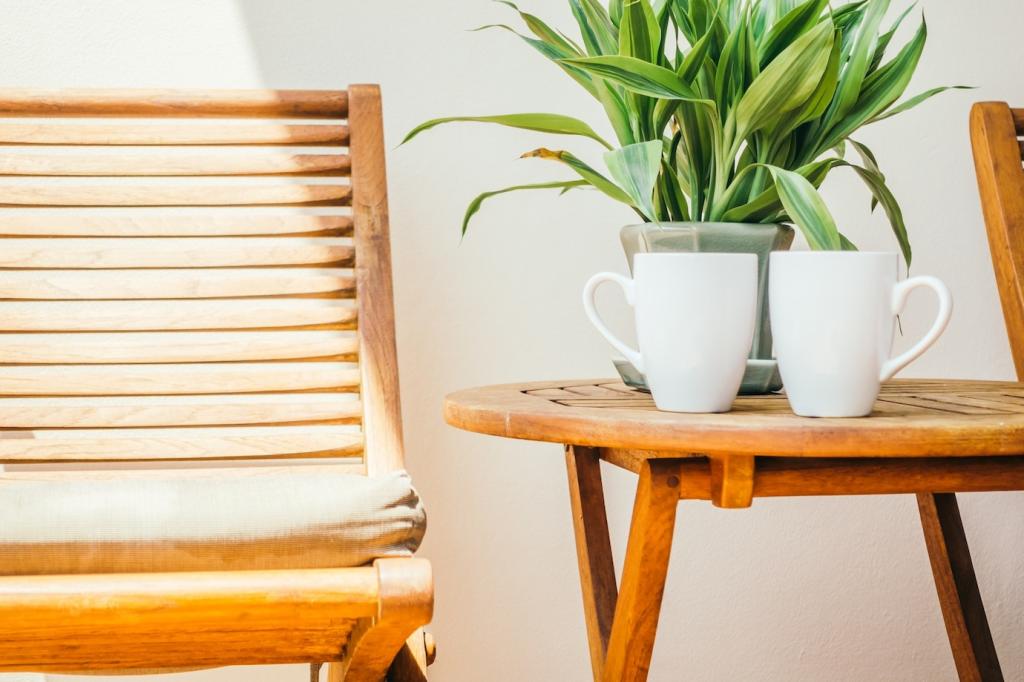
Renewing Beauty: Renewable Resources in Furniture Upkeep
Chosen theme: Renewable Resources in Furniture Upkeep. Discover practical, planet-minded ways to clean, protect, and revive furniture using plant-based finishes, natural polishes, and biodegradable cleaners—without compromising performance, character, or the stories your pieces hold.
Why Renewable Resources Belong in Furniture Upkeep
Plant oils like linseed and tung cure through oxidative polymerization, forming protective networks within wood fibers, while beeswax and carnauba create moisture-shedding barriers. Because the feedstocks regrow, these protective films can be renewed responsibly over time.
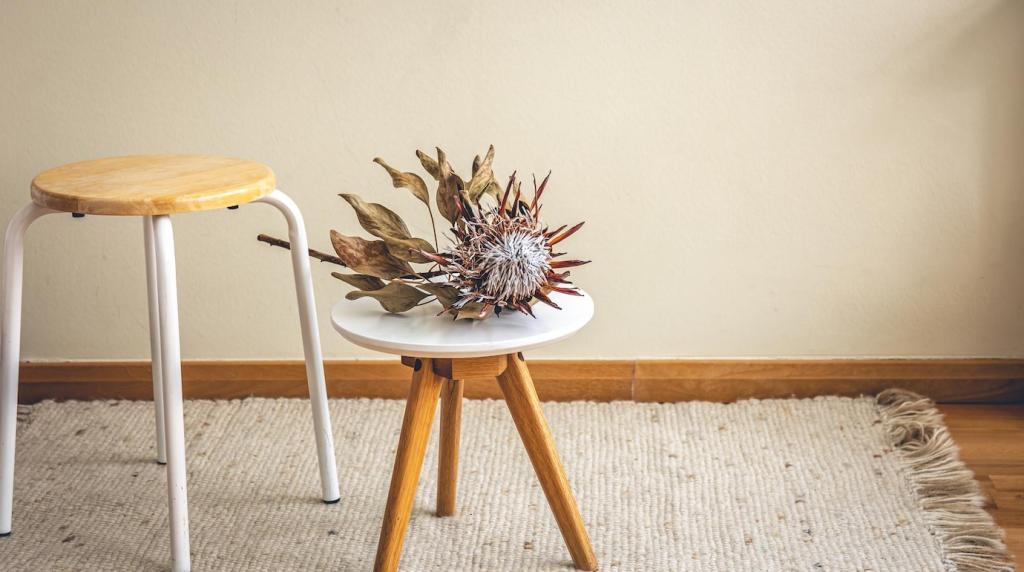
Plant-Based Finishes That Work Hard
Raw linseed cures slowly, while polymerized (heat-treated) linseed provides faster build and fewer additives than many boiled variants. Apply thin coats, wipe thoroughly, and let oxygen work. Food-contact pieces benefit from well-cured, additive-light formulations and patient curing times.
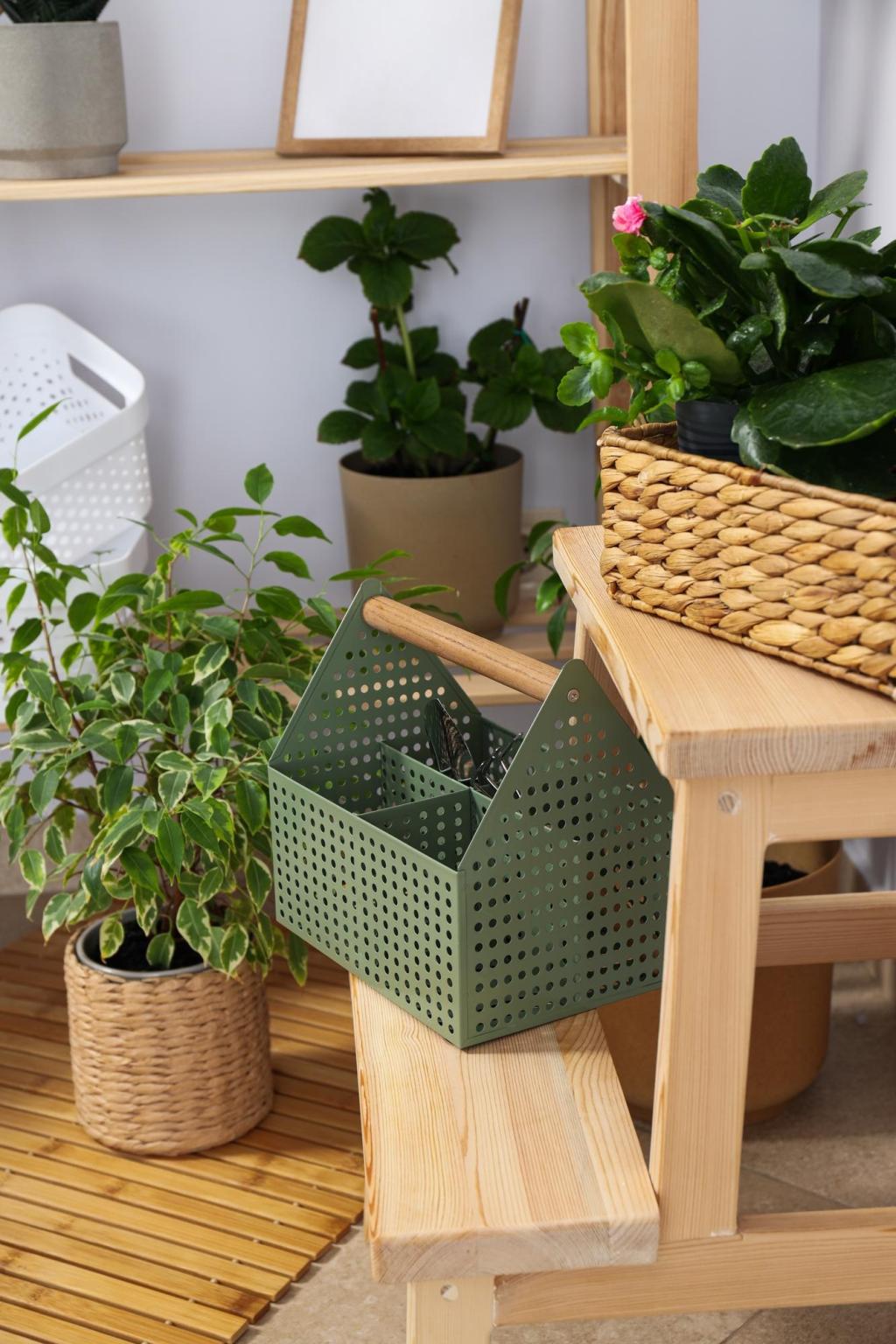
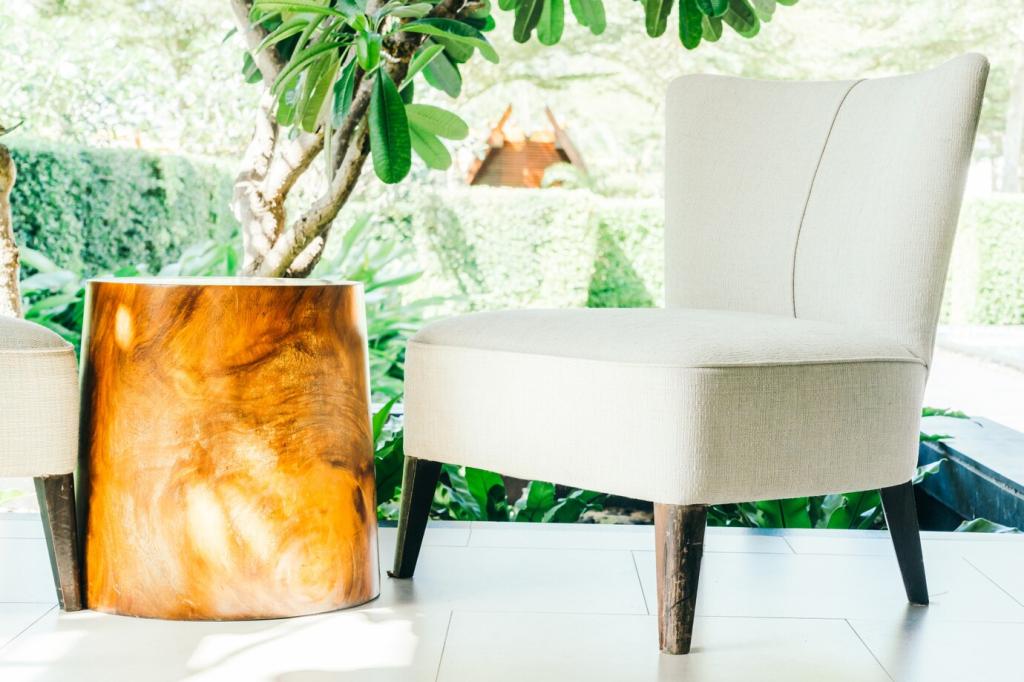
Plant-Based Finishes That Work Hard
Pure tung oil penetrates deeply and resists moisture exceptionally well. Build protection through several whisper-thin coats, buffing between applications. Boatbuilders have trusted tung for generations, a testament to resilience you can harness on tabletops and chair arms.
A resilient beeswax–carnauba blend
Combine shaved beeswax with a touch of carnauba for extra hardness, and melt with a modest amount of mineral or bio-based oil for spreadability. Rub thinly into wood, allow haze, then buff. The result: a tactile, breathable glow that resists smudges.
Shellac: renewable, reversible, remarkable
Dissolve dewaxed shellac flakes in alcohol to create a fast-drying sealer. Harvested sustainably from lac resin, shellac is easily spot-repaired—no sanding the whole surface. Its clarity flatters antiques and contemporary pieces alike, especially when padded in thin, controlled layers.
A small restoration with big heart
We revived a grandmother’s oak table using shellac and a beeswax top polish. Water rings vanished, the chatoyance returned, and holiday stories felt closer. Neighbors noticed the glow immediately. Have a similar win? Share your before-and-after photos with us.
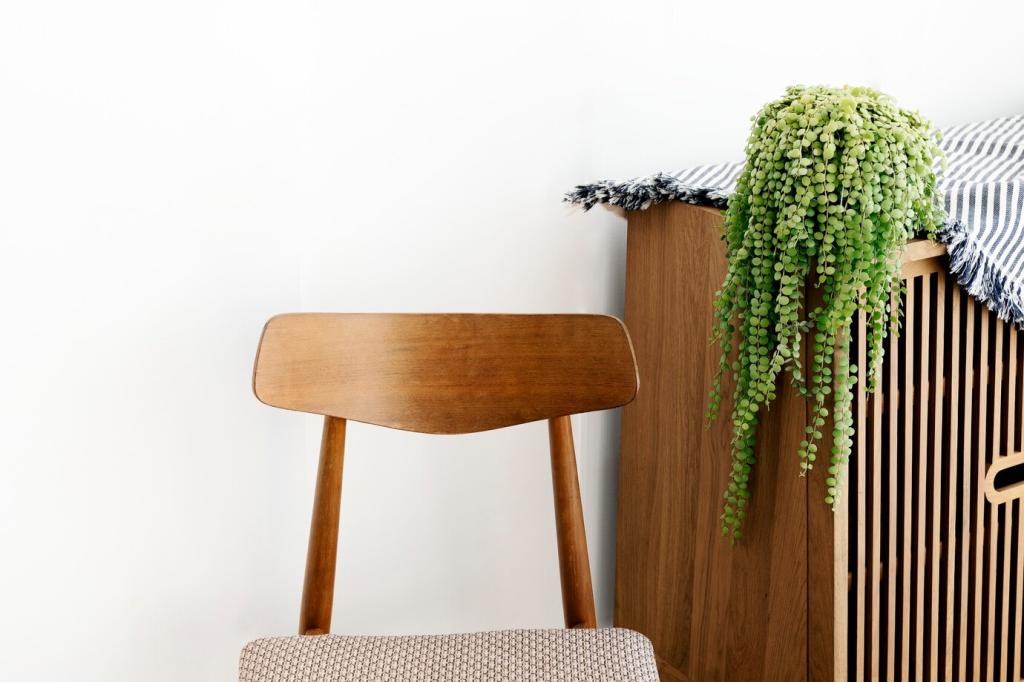
Renewable Cleaning and Solvent Alternatives
01
Castile soap and distilled water
A teaspoon of plant-based castile soap in a quart of distilled water creates a mild cleaner for grimy armrests and chair spindles. Lightly dampen a cloth, wipe with the grain, then dry immediately. Subtle care today prevents aggressive cleaning tomorrow.
02
Hardware first, then wood
Remove knobs or pulls and clean them separately with diluted vinegar or lemon for tarnish, keeping acids away from finishes. Reattach after fully drying. This simple separation avoids etching the wood’s protective layer and preserves the original sheen you worked hard to achieve.
03
Citrus and bio-ethanol spot work
Citrus-based solvents (d-limonene) and bio-ethanol excel at sticker residue and greasy patches. Use sparingly with ventilation and test in a hidden corner. After lifting grime, rebalance the surface with a light oil or wax to maintain an even, protective feel.
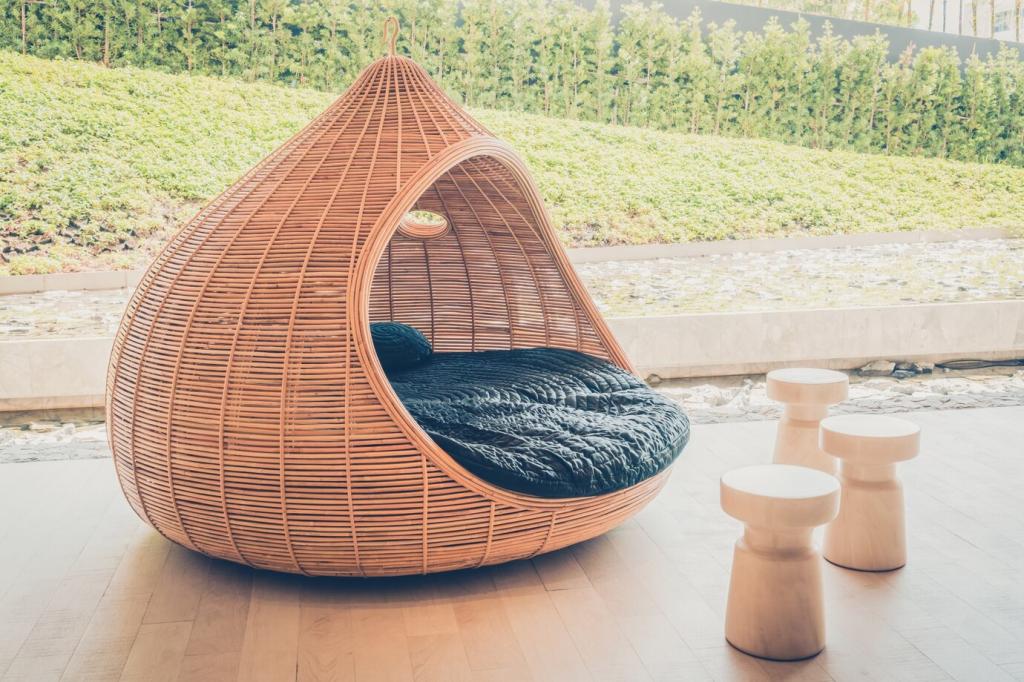
Cork pads that spare floors and legs
Cork regrows after careful harvest and makes excellent silent sliders. Adhere cork pads under chair legs and planters to prevent scratches, wick minor condensation, and hush movement. Share your favorite cork thickness for different furniture weights in the comments below.
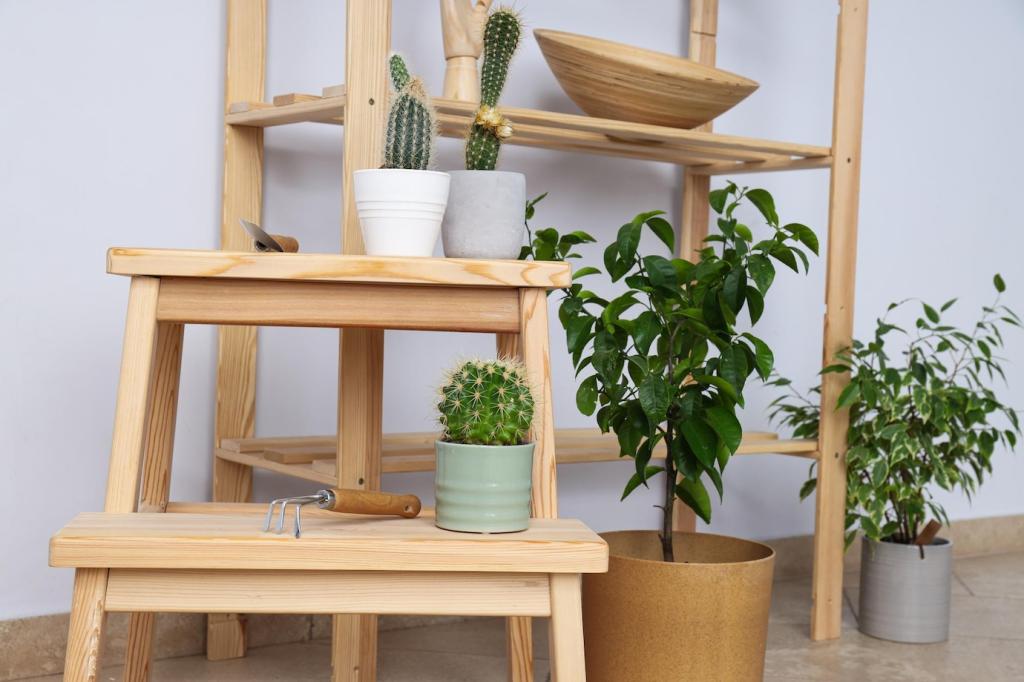
Wool felt that works overtime
Dense wool felt coasters and trivets buffer heat and drink rings naturally. They breathe, dry quickly, and resist flattening. Choose undyed or low-impact dyes for sensitive finishes, and rotate pieces occasionally to keep compression marks even and unobtrusive.
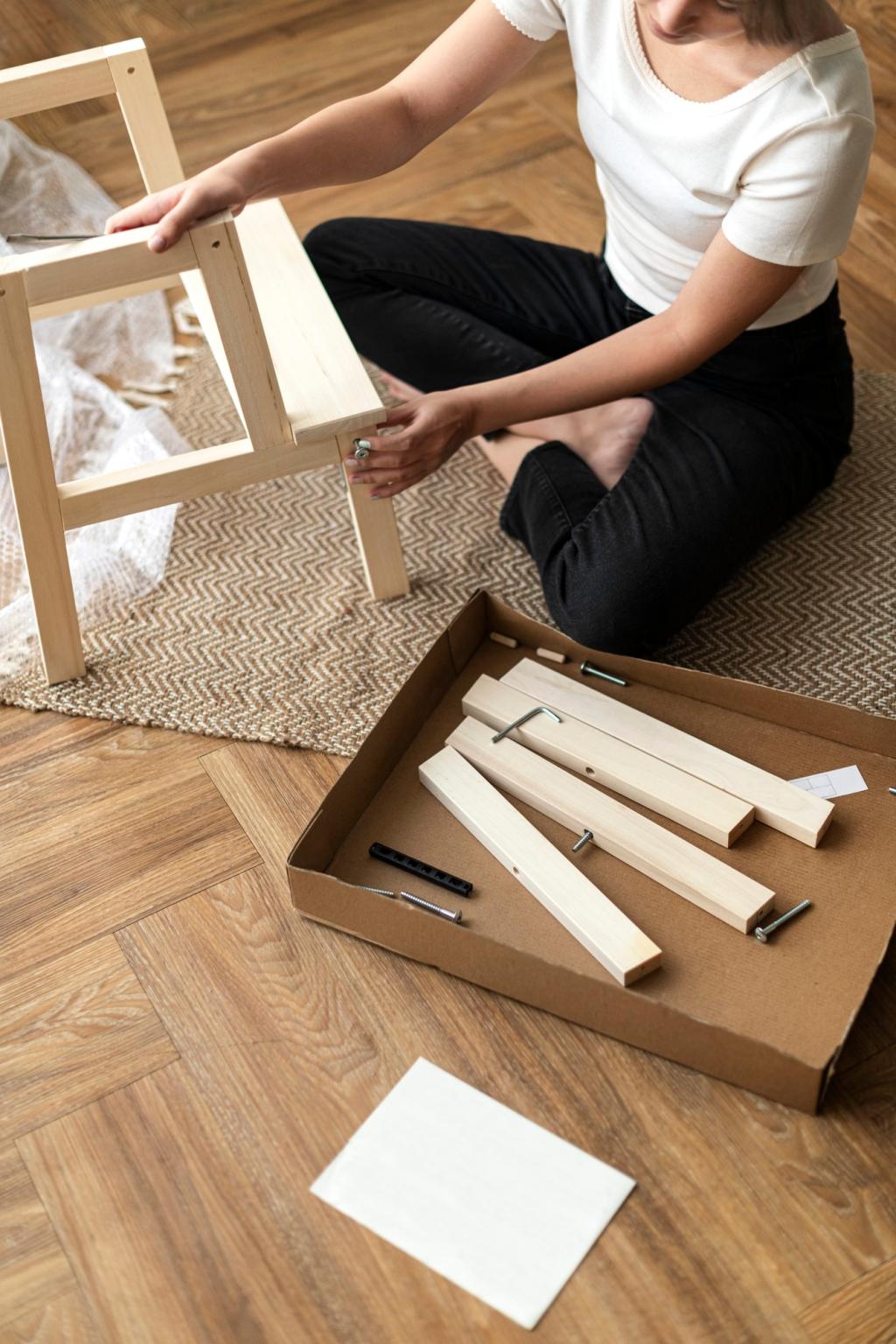
Hemp-cotton covers for dust defense
Breathable hemp-cotton blends make excellent dust covers for seldom-used pieces. They limit UV fade and particle buildup without trapping moisture. Sew simple ties for airflow, label sizes, and share your pattern files so fellow readers can tailor covers economically.
Casein glue for strong, stable bonds
Milk-protein casein glues, formulated with lime and water, cure hard and resist creep, making them excellent for joints. They are renewable and historically proven. Mix small batches, clamp firmly, and clean squeeze-out early for nearly invisible repair lines.
Starch and dextrin pastes for veneers
Plant-starch pastes gently re-laminate lifting veneer. Apply thinly, roll out bubbles, and weight evenly while drying. Because they clean with water, future restorers can reverse the work if needed. Tell us your preferred paste viscosity and pressing setup for delicate marquetry.

